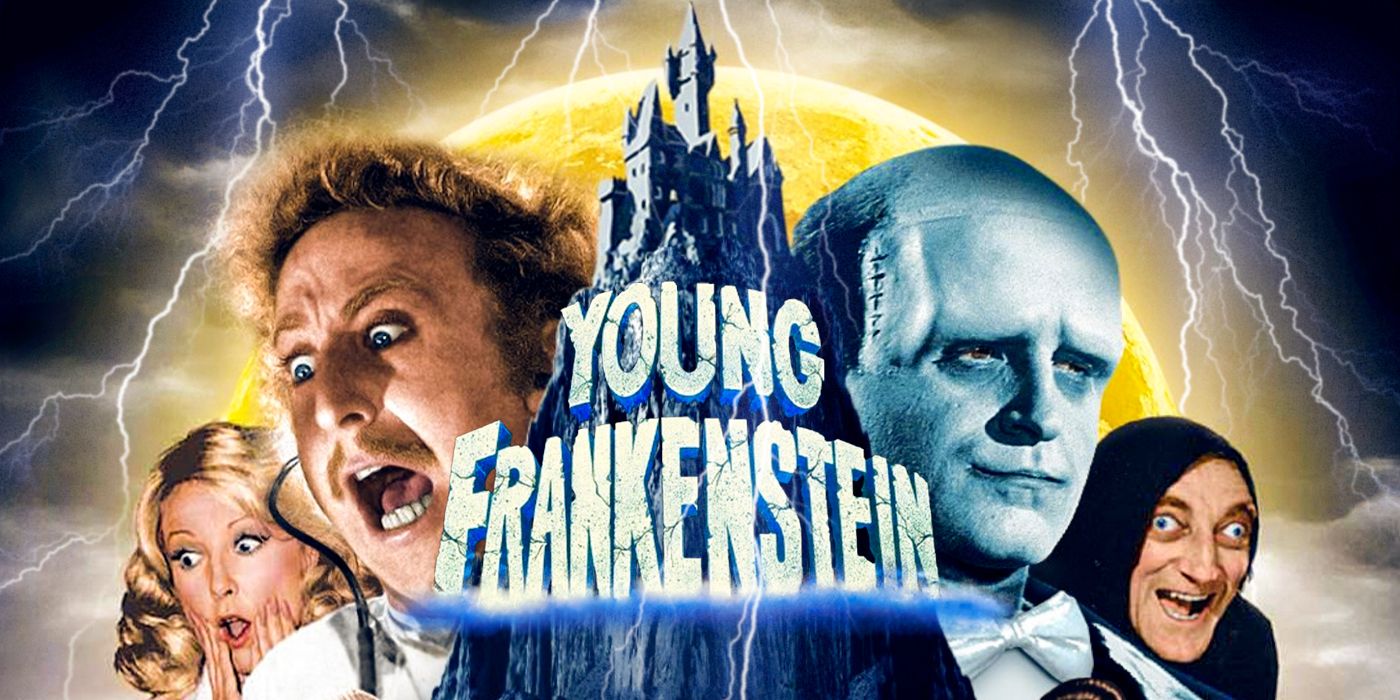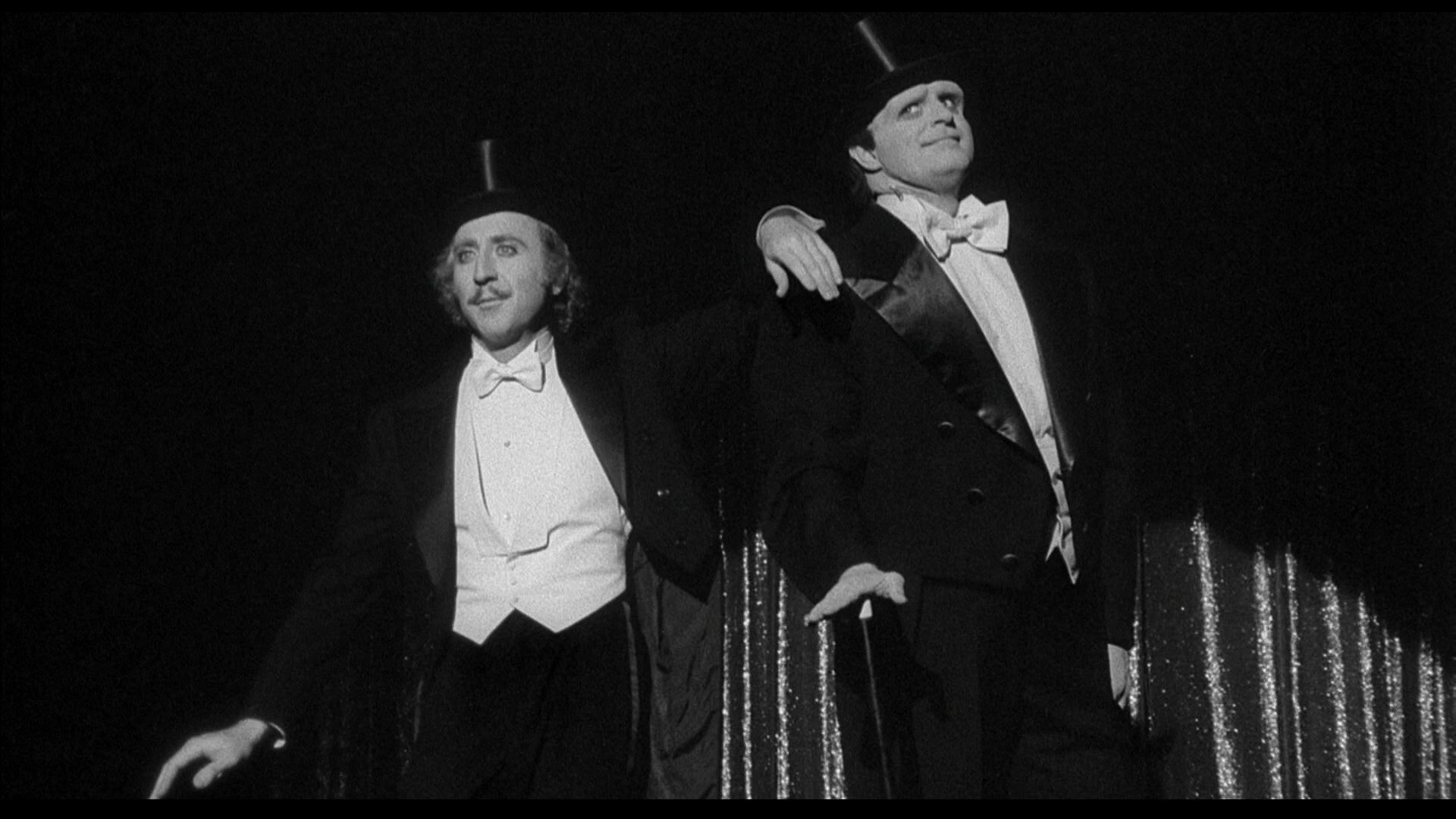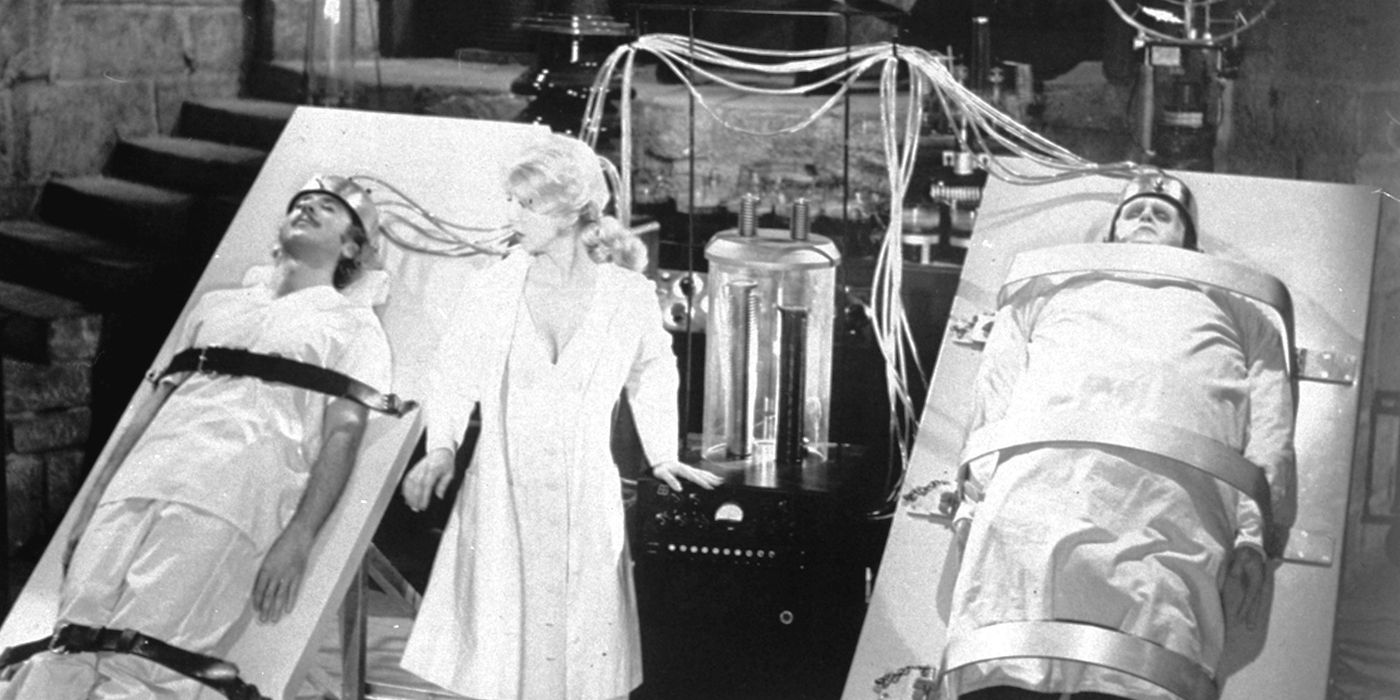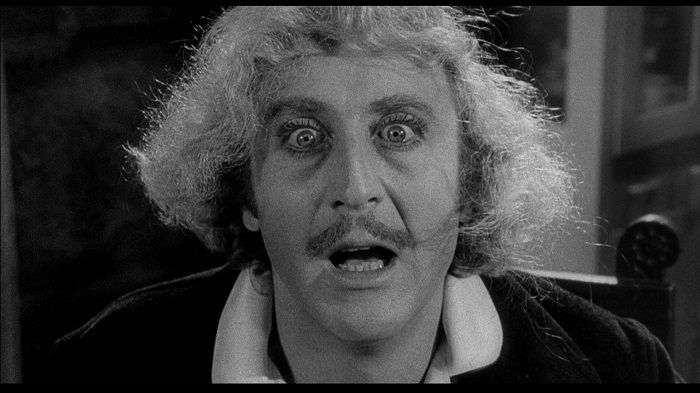We live in a time where the studio comedy is gasping for air. As the models for both theatrical and home video movie releases are in massive flux, movie studios stopped investing a lot of money into pure comedies, which thrived off those previous models. Sure, comedy still occurs in film, but it’s always a secondary feature to the film’s primary genre, be it action, horror, science fiction, or thriller. If a true comedy is made, chances are the mandate is to make it cheap and fast, relying heavily on hiring adept improvisers to hopefully come up with some decent gags on set. While comedy struggles to hold on for dear life, one of its subgenres has basically been buried six feet underground for a while now: the parody film.
The death of this particular brand of comedy should not be surprising after the beating it took in the 2000s following a string of increasingly stupid films like Date Movie, Epic Movie, and Meet the Spartans from filmmakers Aaron Seltzer and Jason Friedberg that essentially turned movie parody into a series of unconnected references to pop culture. Attempting to make a parody now in the shadow of these films alongside the financial stranglehold on them feels impossible. Before the genre was diluted, however, the parody film had a fruitful life due in large part to legendary funnyman Mel Brooks, who built a career mostly directing parodies from the 1970s through his last film in 1995, Dracula: Dead and Loving It. Setting aside Brooks and his collaborators’ ability to write quality jokes to throw at the audience at a rapid pace, what set aside Brooks from his contemporaries was his ability to evoke the subjects of his parodies not just in story and character but, possibly more importantly, in the filmmaking craft.
No film better exemplifies this than the second of his two 1974 masterpieces Young Frankenstein (Blazing Saddles was also released the same year). The film, which Brooks co-wrote with its star Gene Wilder, takes aim at Mary Shelley’s classic novel Frankenstein, its 1931 film adaptation from director James Whale and starring Boris Karloff, and the film's 1935 sequel The Bride of Frankenstein. Wilder plays neuroscientist Dr. Frederick Frankenstein, the grandson of the infamous mad scientist, who spends his life trying to distance himself from his family’s dark history, going so far as insisting his name is pronounced “Fronkonsteen.” After inheriting his family estate in Transylvania, he falls for the same temptation of resurrecting the dead as his grandfather.
Brooks knew the only way for Young Frankenstein to be successful was by recreating the look and feel of Whale’s film as precisely as he could. Initially, the film was set up at Columbia Pictures, and they were unwilling to match Brooks at his proposed budget or let him shoot in black and white. "Peru just got color," Brooks recounts one of the exectuives told him in the film's audio commentary. Ultimately, production moved over to 20th Century Fox, who met Brooks’ demands.
The black and white photography is arguably the most important element of conveying the feel of Whale’s films. Cinematographer Gerald Hirschfeld may not be the most recognizable name in the photography game, but his use of intense keylighting, misty backlighting, perfect shadows, and bursts of bright lights to simulate lightning make Young Frankenstein look like a film made in the mid-1930s. Most comedies tend to take place in evenly lit spaces to better focus the audience’s attention on the jokes being said or to display a physical gag without getting in the way. Nothing about how Young Frankenstein is shot indicates a comedy, making the jokes even more surprising when they come.
Shot almost entirely on soundstages, production designer Dale Hennesy created these remarkable eastern European sets that Hirshfeld got to photograph, from a perfect cobble stone street to an immaculate castle foyer that includes a staircase that “may be treacherous,” which almost seem indistinguishable from Charles D. Hall’s work on the original two films. The icing on the cake, in terms of design, falls to Kenneth Strickfaden, an Old Hollywood specifical effects whiz who created the original electrical lab equipment for the original Frankenstein. Brooks got in contact with Strickfaden, who had kept all of these original pieces in his garage, and allowed Brooks to use them in Young Frankenstein, lending an element of authenticity that cannot be undersold. Seeing the sparks, flashing lights, and whirling gizmos places you directly back in Whale’s original film, just with Gene Wilder screaming at the top of his lungs instead of Colin Clive, the original Dr. Frankenstein.
Brooks’ use of the camera also had to fall in line with the filmmaking style of the 1930s. Close-ups were extremely limited, as most scenes would usually be shot in wider shots with longer takes. Zooming and handheld photography, which had become a popular techniques in the New Hollywood era, could not be used, opting instead to move the camera by trundling and dollying. These techniques give Young Frankenstein a more elegant, classical feel than the rough and tumble modern style.
While all of this cinematic recreation could simply serve a filmmaker’s whims to mimick the films they loved growing up (as so many filmmakers are guilty of doing), every choice in Young Frankenstein is made to serve the humor. Wilder’s Dr. Frankenstein and his assistant Igor (Marty Feldman) - pronounced “eye-gore” - skulking around town with a dead body may have been funny in any context, but placing it directly in the guise of a classic horror film adds to the joke by letting you recall similar scenes you would have seen in other films that were played completely straight. In order to sell a cheap joke about breasts, there needed to be an ornate gothic castle door with massive knockers that easily could have greeted nervous visitors to Bela Lugosi's castle in 1931’s Dracula. The humor is completely intertwined with the style, and the two need one another to be successful.
A parody only works if the people creating the parody truly understand the subject they are lampooning. This is why the Seltzer and Friedberg movies fail on a fundamental level by resorting to fleeting topical references that become dated almost instantly. Brooks’ Young Frankenstein stands as the antithesis to these films, entrenching itself entirely in the world and style of Whale’s classic films for the benefit of making fun of it with sincere love. Wilder, who initially brought the concept of the film to Brooks, even had to demand that Brooks not be in the film, as his larger than life presence could upset the carefully constructed space in which this kind of specific parody needs to live.
In an interview with Susan King for the LA Times, Brooks said, “I didn’t want it to just be funny or silly. I wanted Mary Shelley’s basic feelings captured and the… haunting beautiful quality that James Whale got with Boris Karloff.” On that front, he absolutely succeeded, even claiming later in that same interview that Young Frankenstein is “by far the best movie I ever made,” which is quite a statement to make for someone who made comedy classics like The Producers and Blazing Saddles, which he considers his funniest film. It stands atop the parody genre because of its devotion to actually lampooning its source material, where so many can easily fall into having gags for the sake of having gags. In addition to just being side-splittingly funny,Young Frankenstein is an aesthetic triumph.




